Sum Across Sheets: Excel's Multiple Criteria Mastery
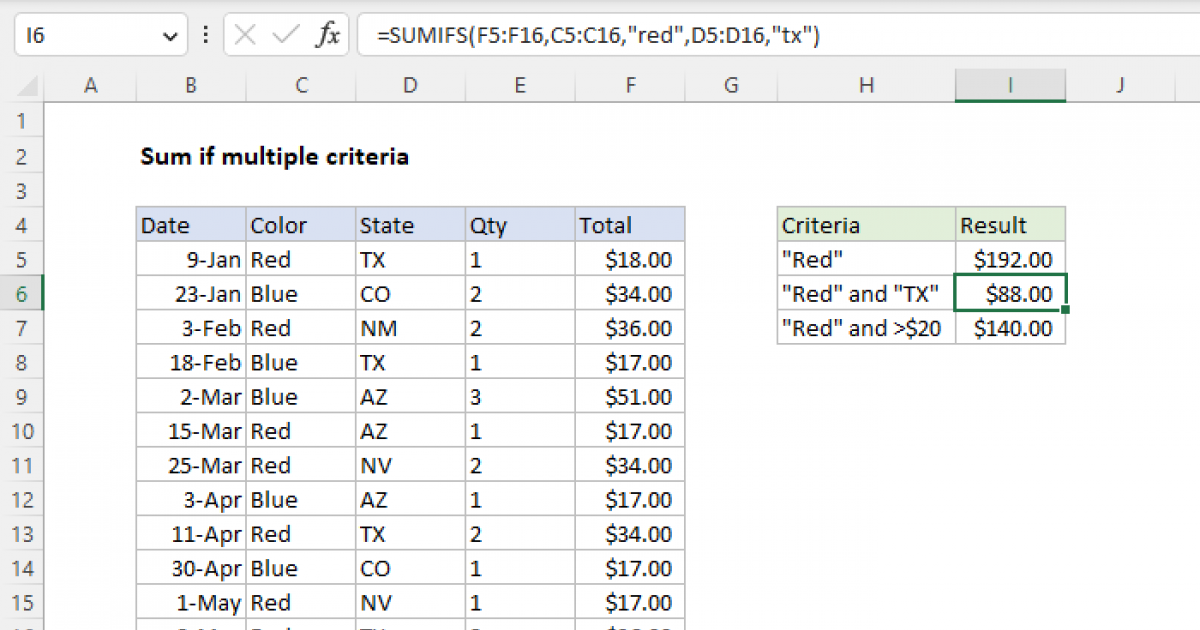
The ability to sum across sheets in Excel while considering multiple criteria is a powerful feature for anyone dealing with complex datasets. Whether you're consolidating financial reports, analyzing sales data, or managing project budgets, Excel's capabilities can streamline your work significantly. In this post, we'll explore how you can master Excel's formulas to aggregate data from various sheets efficiently and accurately.
Understanding Multiple Criteria Summation

Summing with multiple criteria involves selecting data based on specific conditions across different worksheets. Here’s why this can be beneficial:
- Data Consolidation: Pulling together data from multiple sources for a unified view.
- Reporting Flexibility: Tailoring reports to show only relevant information, reducing noise in data analysis.
- Time Efficiency: Automating data aggregation saves time over manual entry.
Excel Functions for Multi-Sheet Summation

Excel offers several functions for summing data across sheets with multiple criteria:
- SUMIFS: This function sums cells that meet multiple conditions but is generally used within one sheet.
- INDIRECT: Allows for the construction of a reference string to another workbook or sheet.
- 3D SUM: Summation across multiple sheets using 3D references.

Techniques for Implementing Multiple Criteria Summation

Here are several methods to sum data across sheets with multiple criteria:
Using SUMIFS with INDIRECT
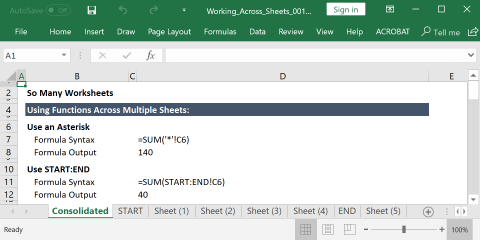
Combine SUMIFS with INDIRECT to dynamically reference data from different sheets:
=SUMIFS(INDIRECT(“‘”&A1&“’!D:D”), INDIRECT(“‘”&A1&“’!B:B”), “Condition1”, INDIRECT(“‘”&A1&“’!C:C”), “Condition2”)
INDIRECTconverts a text string into a cell reference.- Replace
A1with the cell containing the sheet name.
3D Sum Formula
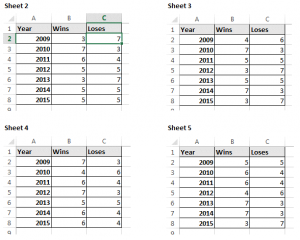
For summing across a range of sheets:
=SUM(Sheet1:Sheet12!A1)
- This formula sums cell A1 from all sheets named Sheet1 through Sheet12.
Complex Multi-Sheet SUMIFS
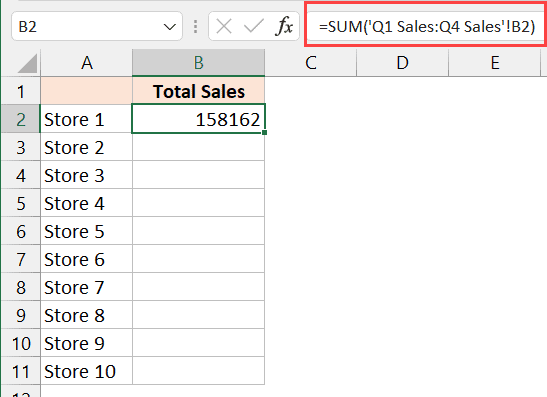
Here’s a method using multiple sheets:
=SUM(SUMIFS(Sheet1:Sheet12!A1:A1000, Sheet1:Sheet12!B1:B1000, “>=01/01/2023”, Sheet1:Sheet12!C1:C1000, “ClientX”))
- Each
SUMIFSsums based on criteria across multiple sheets, then the outerSUMaggregates these results.
Excel’s Advanced Features for Data Summation

Excel also provides advanced features to enhance data analysis:
Power Query
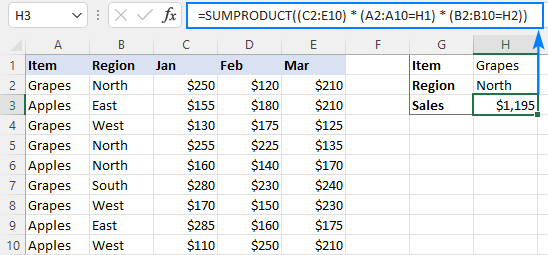
Power Query can combine data from different sheets or external sources, then apply filters or calculations:
- Load your data into Power Query.
- Merge or append queries as needed.
- Set up filters or transformations before loading data back into Excel for summation.
Dynamic Array Formulas

Introduced in newer Excel versions, dynamic arrays allow for single formulas to return multiple results:
=FILTER(A1:C1000, (B1:B1000 >= DATE(2023,1,1)) * (C1:C1000 = “ClientX”), 0)
- This formula filters the range A1:C1000 based on date and client criteria.
- Combine with
SUMto aggregate the results.
🛠 Note: Always ensure your data is clean and consistently formatted to avoid errors in aggregation or filtering.
Common Challenges and Solutions
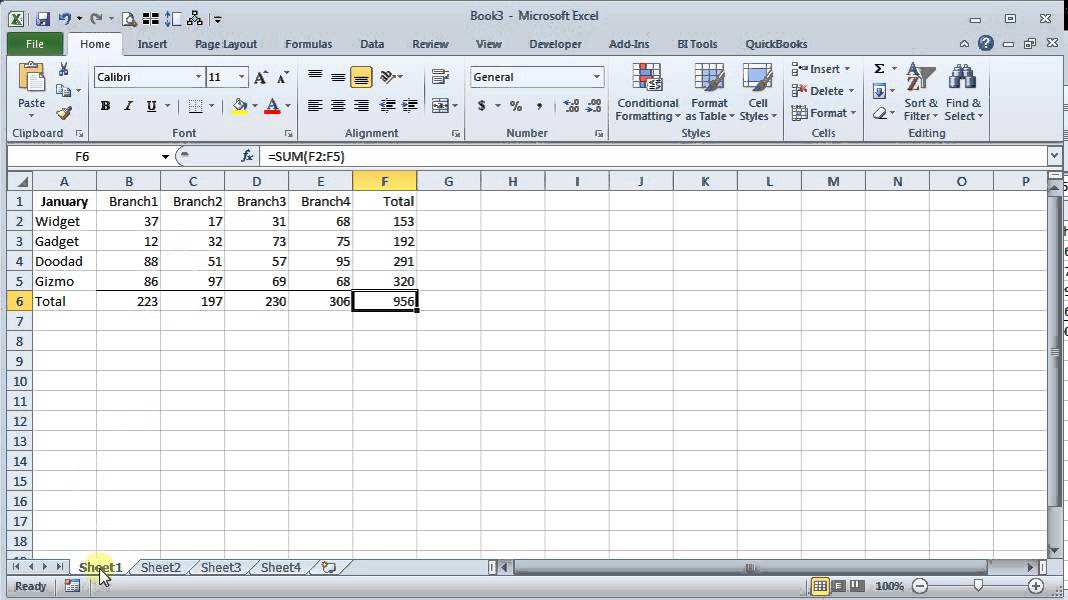
Here are some common issues you might encounter:
Error Handling
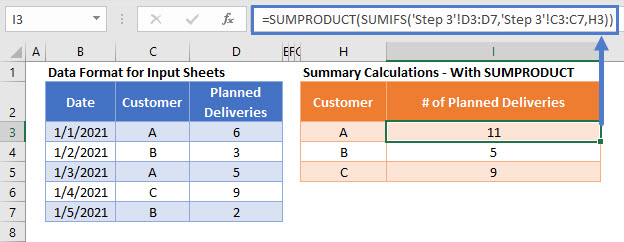
- Use
IFERRORorISERRORfunctions to manage potential errors. - Check if all sheets exist to avoid
#REF!errors.
Data Consistency

- Ensure sheet names are consistently formatted or use
VLOOKUPto map sheet names. - Normalize data formats for seamless multi-criteria analysis.
Practical Applications
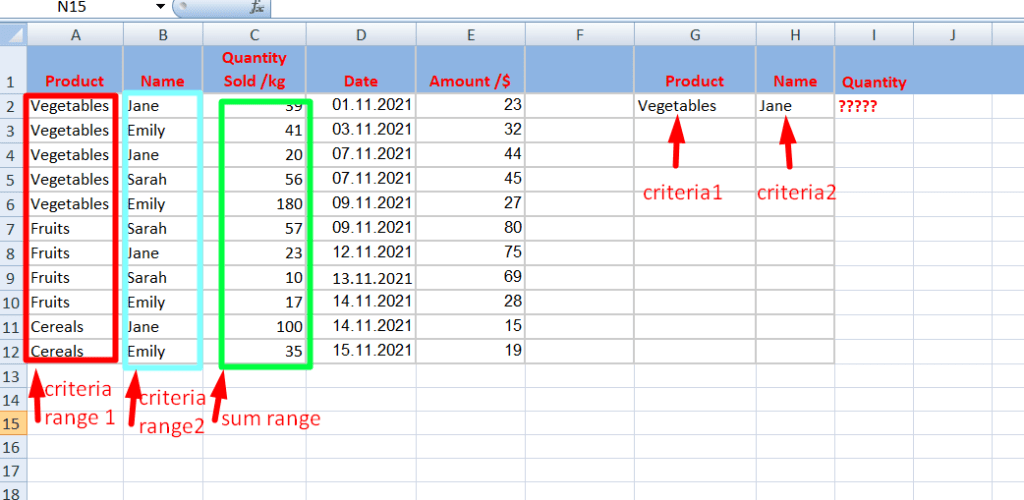
Let’s look at some real-world scenarios where summing across sheets with multiple criteria is invaluable:
Financial Reporting
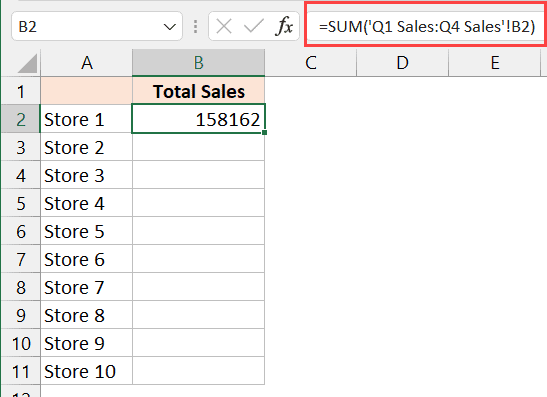
Combine data from various departments or regions to get an overview of financial performance:
| Department | Criteria | Formula |
|---|---|---|
| Marketing | Marketing campaigns with spend > $5000 | =SUMIFS(Marketing!B:B, Marketing!D:D, “>5000”) |
| Sales | Sales from all regions for Product A | =SUM(SUMIFS(Regions!B:B, Regions!C:C, “ProductA”)) |

Project Management

Track budget allocation and spending across different project stages:
- Summarize expenses by project phase, ensuring you capture costs accurately.
🛠 Note: Use named ranges to make formulas more readable and maintainable.
In summary, mastering Excel's formulas for summing across sheets with multiple criteria can significantly boost your efficiency in data analysis. From SUMIFS combined with INDIRECT to using Power Query, Excel provides a versatile toolkit. However, remember to handle errors, ensure data consistency, and always double-check your data sources and formulas to maintain accuracy in your reports.
Can I use SUMIFS for data from multiple sheets?

+
Yes, you can use SUMIFS along with INDIRECT or 3D references to aggregate data across multiple sheets based on multiple criteria.
How do I ensure data consistency across sheets?
+
Maintain a standard naming convention for sheets, use templates for data entry, and validate data formats to ensure consistency.
What’s the benefit of using Power Query over traditional formulas?
+
Power Query can handle large datasets, automate data transformation, and connect to various data sources, making it ideal for complex data manipulation beyond what traditional formulas can easily manage.